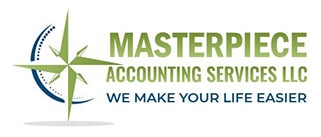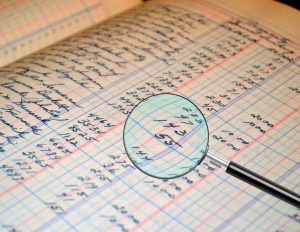When we want to know how our business is doing, we quickly tend to look at our Profit and Loss report. By the way, it is perfectly fine to look at this report because it allows us to see how much sales you generated in the year, why certain expenses are so high, which ones we need to reduce, etc. As an accountant, I exhort every business owner to have his accounting accurate and updated and look at his Profit and Loss report regularly. However, we sometimes forget to pay attention to the Balance Sheet report. What is the Balance Sheet? This report describes the company’s value at any given time. It contains the company’s tangible and intangible assets. In other words, what the company owns and uses as resources to generate revenue. For instance, the bank account is part of those assets; the owner uses this resource (money) to purchase goods or services, to generate revenue. The same goes for the fixed assets which are comprised of, for instance, automobiles or trucks. If you are a landscaper, you use those trucks to carry your equipment when going around to do the work for your clients. Once this work is performed, it will bring in income through invoicing the client(s). When this happens, you have used your resources to generate an invoice and produce income. The liabilities represent all the debt, short-term or long-term the company has. These are obligations with others. They could be the accounts payable, which comprise the unpaid bills to vendors, the line of credit, business credit card, notes payable, and so forth.
Third, the equity account makes up, the owner’s investments, draws (if the business is a sole proprietorship or single-member LLC). The equity account is much more intricate for large corporations due to the complexity of stocks issuance and agreements.
The Balance Sheet is a great reflection of the company’s solvency and liquidity. Evidently, if the liabilities (debt) is greater than the assets owned, the company will have difficulty paying off its creditors if it closes doors. A business in this situation has a low level of solvency, and potential investors, as well as bankers, will consider this to a risky company. The difference between the assets and liabilities is known as Working Capital. Banks tend to measure the liquidity of a business by the level of their working capital. By the same token.
If this article triggered your curiosity and now you’re interested in where your business stands; make an appointment with your accountant who will provide you with the guidance you need.


